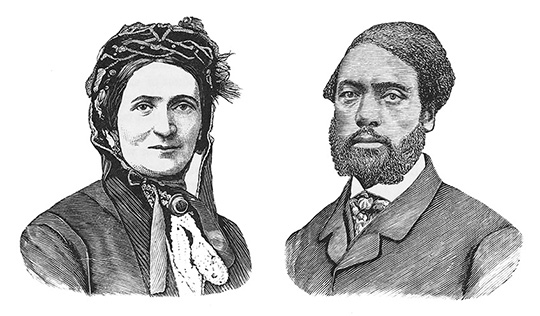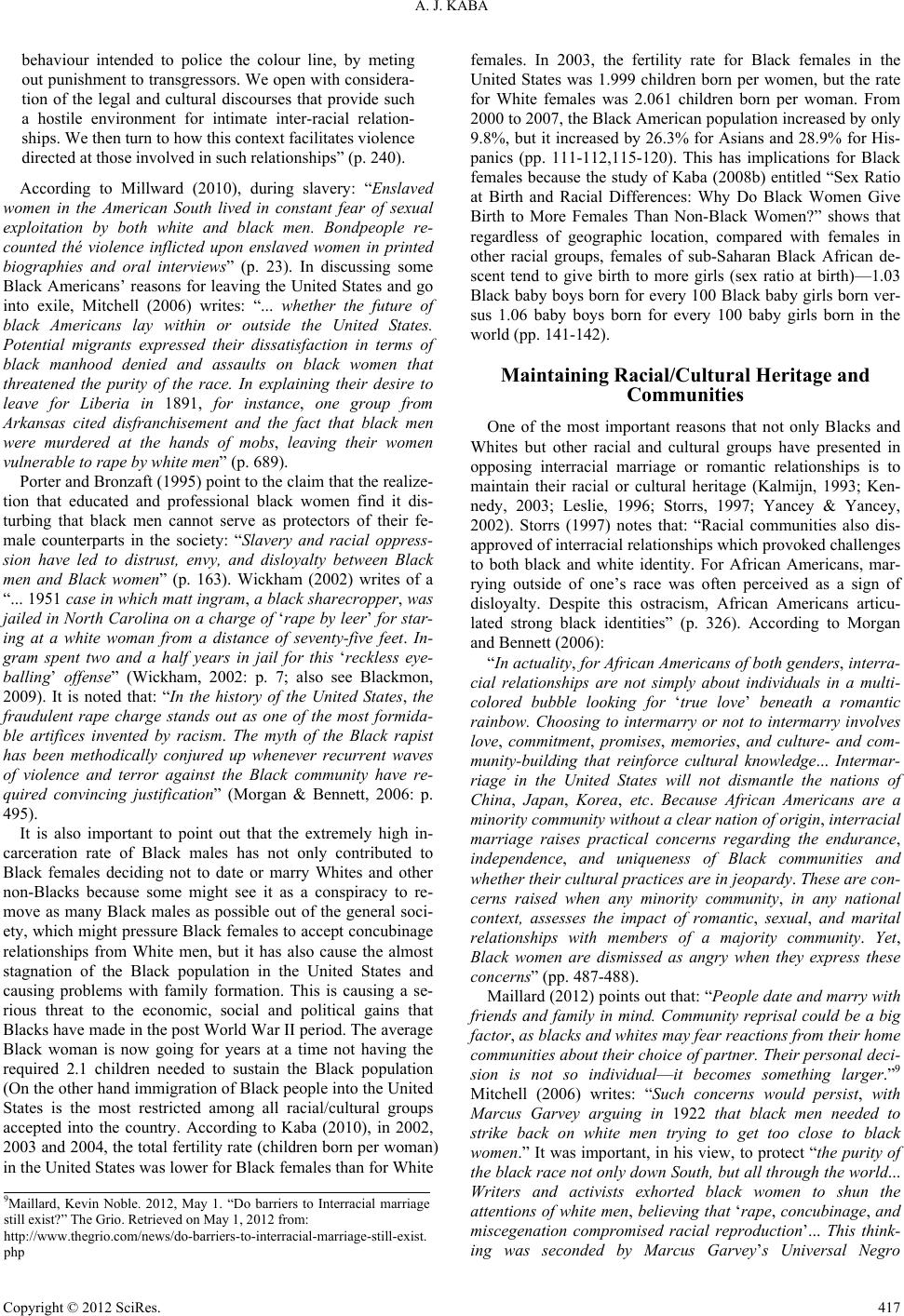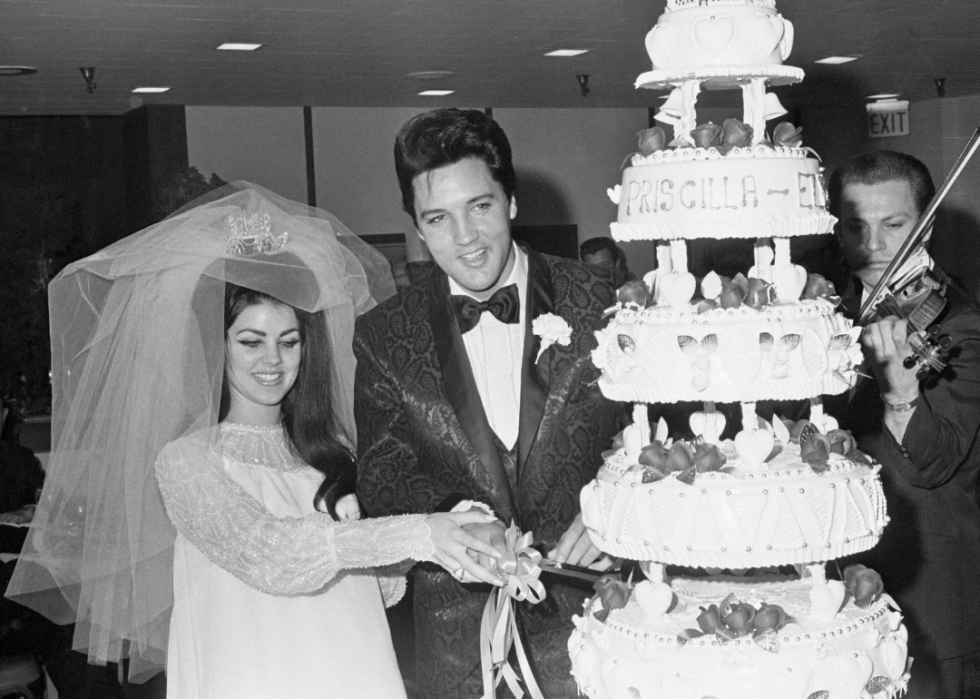
Furthermore, from 1980 to 2015, the number of interracial marriages increased from 7% to 17%. By 1997, those percentages increased to 83% for African-Americans and 67% for White Americans. In 1972, a Gallup poll showed that 76% of the African Americans polled approved of interracial marriage while 30% of White Americans polled approved. According to polling, however, there has been an increase in the number of people who view interracial marriage as acceptable.

Possible racism from outside sources is a common area of potential conflict. More robust studies such as those published by Zhang and van Hook show that, based on the mathematical model used, Asian male-white female pairings were 21 to 33 percent less likely to divorce than white-white couples, and that white male-Asian female pairings were 23 to 27 percent less likely to divorce than white-white couples. The Bratter and King study is not statistically valid for Asian-white pairings, particularly those in which the male is Asian and the female is white, due to their small sample size of 5 couples.

Conversely, white female-black male pairings are more prone to divorce than white-white pairings. King made publicly available on the Education Resources Information Center, in the United-States, unions between white males and non-white females (and between Hispanics and non-Hispanic persons) have similar or lower risks of divorce than white-white marriages, and unions between white males and black females last longer than white-white pairings.


Many jurisdictions have had regulations banning or restricting not just interracial marriage but also interracial sexual relations, including Germany during the Nazi period, South Africa under apartheid, and many states in the United States prior to a 1967 Supreme Court decision.Īccording to studies by Jenifer L. Further information: Anti-miscegenation laws and Marriage laws


 0 kommentar(er)
0 kommentar(er)
